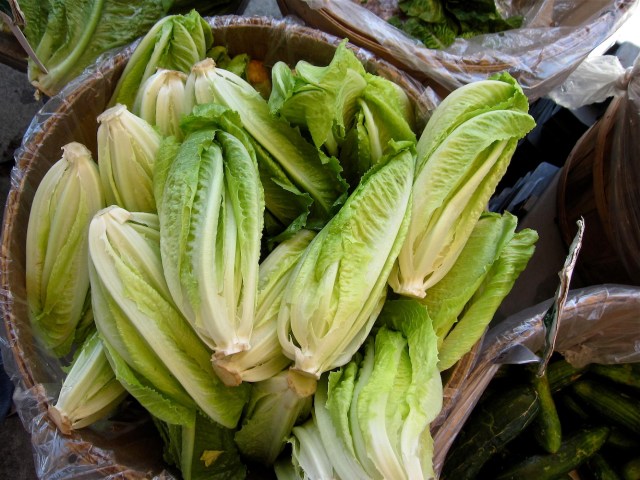If romaine is on your Thanksgiving menu, you may need to pick a substitute, pronto. The U.S. Centers for Disease Control and Prevention recently issued a food safety alert for romaine lettuce after 40 reported cases of E. coli O157:H7 infections across 16 states.
The lettuce, harvested from the Salinas, California growing region, has caused 28 hospitalizations so far.
CDC’s warning not to eat romaine lettuce from the Salinas, California, growing region includes ALL types of romaine (whole head, hearts of romaine, salad mixes, organic, etc.). Throw them away. Read more about the investigation: https://t.co/sZvP3yMmqV pic.twitter.com/8AjFzROkXm
— CDC (@CDCgov) November 22, 2019
According to the U.S. Food and Drug Administration’s website, “At this time, romaine lettuce that was harvested outside of the Salinas region has not been implicated in this outbreak investigation. Hydroponically- and greenhouse-grown romaine, which is voluntarily labeled as “indoor grown,” from any region does not appear to be related to the current outbreak.”
How can you tell if your romaine is unsafe to eat? The CDC recommends that consumers look at the label for the harvest location. All types of romaine, including hearts of romaine, whole heads, packages of pre-cut lettuce and salad mixes, could contain the affected lettuce. The recalled romaine products have “use by” dates between Oct. 20 and Nov. 1, 2019 and the establishment number EST. 18502B inside the USDA mark of inspection.
Do not consume lettuce labeled Salinas or those with no marked growing region. Throw the lettuce away and thoroughly wash and sanitize all surfaces the lettuce came in contact with.
—Erica Loop
Featured photo: Liz Muir via Flickr
RELATED STORIES
Recall Alert: Cheese Nips Recalled Due to Contamination Concern
Recall Alert: Mann Packing Co. Vegetables Recalled for Potential Listeria Contamination
Recall Alert: 2 Million Pounds of Poultry Products Recalled Due to Contamination Concerns











